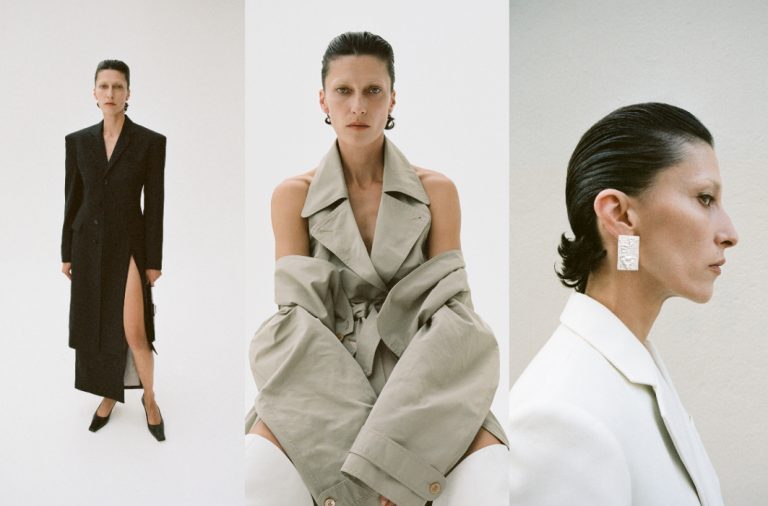SITUATIONIST embraced cultural homage and redefines societal norms. Founded by Irakli Rusadze in 2017, the brand has been weaving together rich Georgian heritage, sustainable ethics, and a commitment to challenging societal norms through gender-fluid designs. Discover the brand’s vision for the future of fashion, where handmade meets revolution.

